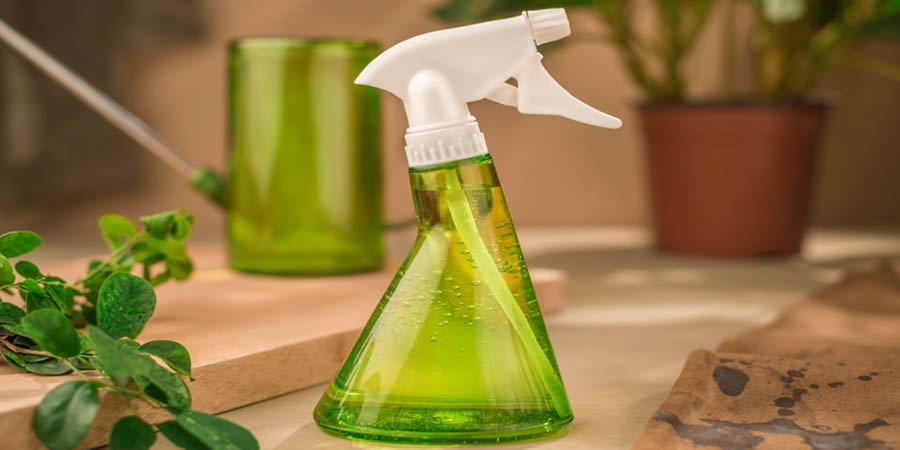
Pest control is an important aspect of keeping homes and businesses safe and healthy. However, traditional pest control methods often rely on harmful chemicals that can have negative effects on the environment and human health. Fortunately, there are now many eco-friendly pest control solutions that are both effective and sustainable.
Integrated Pest Management
One of the most effective eco-friendly pest control methods is Integrated Pest Management (IPM). IPM is a holistic approach to pest control that involves using multiple strategies to prevent and control pests, rather than relying solely on pesticides. IPM strategies include:
- Identifying and monitoring pest populations
- Preventing pests from entering buildings by sealing cracks and holes
- Using physical barriers such as screens and door sweeps
- Removing pest habitats such as clutter and standing water
- Using non-toxic baits and traps
- Using natural predators or parasites to control pest populations
By using a combination of these strategies, IPM can effectively control pest populations while minimizing the use of harmful pesticides.
Natural and Non-Toxic Solutions
Many natural and non-toxic solutions are available for controlling pests. For example, essential oils such as peppermint, lavender, and eucalyptus can be used to repel pests like ants, cockroaches, and mosquitoes. Diatomaceous earth, a fine powder made from fossilized algae, can be used to kill insects by dehydrating their exoskeletons.
Another effective natural solution is neem oil, a vegetable oil derived from the neem tree. Neem oil is a natural insecticide that can be used to control a wide variety of pests, including aphids, mites, and whiteflies.
Non-toxic baits and traps are also effective for controlling pests. For example, sticky traps can be used to trap and kill flying insects such as fruit flies and gnats. Bait traps can be used to attract and kill ants and other crawling insects.
Biological Control
Biological control involves using natural predators, parasites, or pathogens to control pest populations. This approach is particularly effective for controlling pests that are difficult to control with traditional methods.
For example, ladybugs are natural predators of aphids and can be used to control aphid populations in gardens and greenhouses. Similarly, nematodes are microscopic worms that can be used to control soil-dwelling pests such as grubs and root weevils.
Biological control is often more sustainable than traditional pest control methods because it relies on natural processes rather than harmful chemicals.
Prevention
Prevention is key to controlling pests in an eco-friendly way. By preventing pests from entering buildings in the first place, it is possible to avoid the need for pesticides and other harmful chemicals.
To prevent pests from entering buildings, it is important to seal cracks and holes in walls, floors, and foundations. Screens and door sweeps can also be used to prevent pests from entering through doors and windows.
Keeping buildings clean and free of clutter can also help to prevent pests. Pests are attracted to food, water, and shelter, so it is important to clean up spills and crumbs and to remove standing water. Trash should be stored in sealed containers and disposed of regularly.
Conclusion
Eco-friendly pest control solutions are an effective and sustainable alternative to traditional pest control methods. By using a combination of strategies such as IPM, natural and non-toxic solutions, biological control, and prevention, it is possible to control pest populations without harming the environment or human health.
If you are struggling with a pest problem, consider contacting a professional pest control company that specializes in eco-friendly solutions. They can help you to develop a customized pest control plan that is effective, sustainable, and safe for your home or business.





